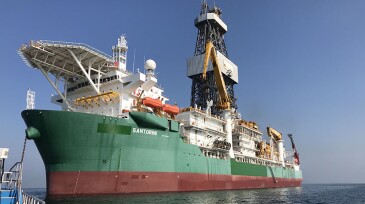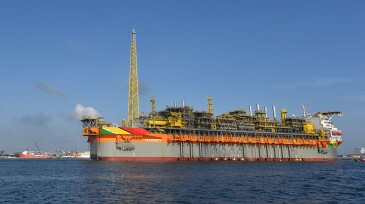blowout preventer
-
SponsoredAs HPHT wells push equipment to the edge of material limits, operators are turning to advanced thermoplastics and sealed electrical assemblies to maintain system integrity. From ESP insulation to BOP control systems, the right component design can prevent failures, lower intervention costs, and extend equipment life in the harshest offshore environments.
-
New strides in computer vision, well controls indicators, and BOP alignment were showcased at the recent Offshore Technology Conference.
-
SLB is introducing a new electric well-control system to replace larger conventional, fluid‑controlled hydraulic equipment.
-
The technology, which uses Industrial Internet of Things components, aims to reduce the costs and improve the safety of drilling operations.
-
Since the late 1930s, the offshore industry has advanced from the first platform in 14 ft of water to the ultradeepwater 20K era. Driven by seismic, drilling, and development breakthroughs, the industry has pushed into deeper waters, high-pressure reservoirs, and new frontiers like Guyana, continually expanding the limits of offshore exploration.
-
Proposed revisions to 2019 Well Control Rule aim to bolster safe and environmentally responsible energy operations.
-
It has often been considered risky to use heavy drillships in depths below 2,000 ft. However, a good measure of innovation and market timing has recently proved otherwise.
-
Teaser: This paper is intended to provide considerations for operators in developing campaigns to frame scope of work for subsea-blowout-preventer and rig-contracting strategy.
-
The paper describes the iterative process of development of a novel shear blade able to cut high-strength coiled tubing with 50% of the normal shear force.
-
In 2013, a technology-development project began that digitized, automated, and applied analytics to blowout preventer pressure testing. As a result of the deployment of automated BOP testing, significant improvements have been achieved in process safety, personal safety, and rig-time savings.
Page 1 of 3










